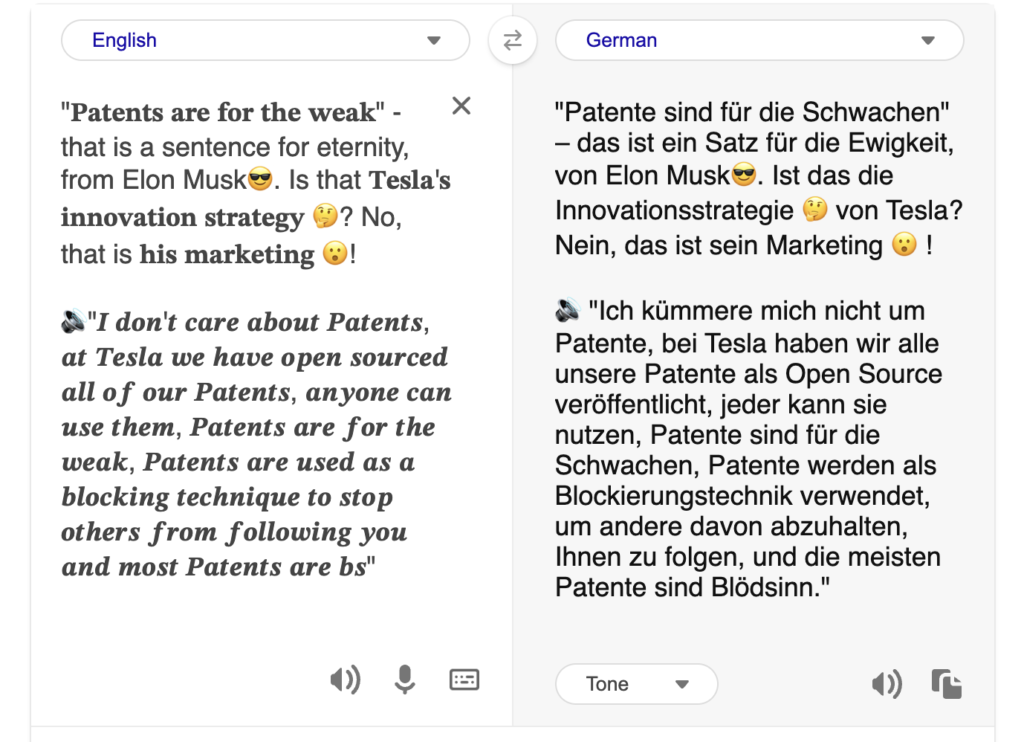Hot take: social platforms should disallow special character growth hacking
Over the last few years something magical has happened without much fanfare: social media platforms and operating systems automatically translate text content for us. Having spent a lot of time traveling around conferences, I amassed a lot of people I follow who do not speak or write like me. And whilst it was fun following them, it was annoying not to know what they are talking about.
So, if a post is in another language or even in another glyph set, I can use inline translation or browser translation to make it understandable – excellent.
Things went awry though when people realised that UTF-8 has a lot of glyphs that look like other characters. Whilst this was a internet in-joke for a while – starting on IRC – it has become a “growth hacking” tactic. I repeatedly come across posts like these:
This, together with the over-use of emoji seems to be what a lot of growth experts tell people to stand out. Sure they look fancy, but in the first instance, they don’t automatically trigger the translation link offer.
If you put in the extra effort to copy and paste these messages, Google translate fails to give a good result. Bing does a good job with it but is limited to a certain amount of characters. Microsoft Edge’s in-built translation works OK.
However, if you use a screen reader (and no, that’s not only fully blind people), you get absolute nonsense as shown in this video.
The text in this post gets spoken as:
Semicolon – that is a sentence for eternity from Elon Musk Smiling Face with Sunglasses. Is that thinking face? No, that is suprised face with open mouth! Speaker outputting high volume. Serious face with monocle. That seems to be a clear statement but the reality in Tesla is different.
Ironically, using an image instead of these UTF-8 shenanigans and providing a proper alt text would work for screen readers and even some translation software.
Ever since I started with the web people made the mistake of painting with text. The power of the web is that text can be converted, indexed and made accessible to others. When you garble your message to achieve a certain look or stand out in a busy timeline, you block out quite a lot of people who further down the line could become important multipliers or customers.
And it is not clever and comes across as trying too hard.
It also can’t be in the interest of the platform to support this, as it does make content harder to index and search. It’s a classic case of a “clever hack” that in the end makes the implementer look like a fool and the end users suffer.

